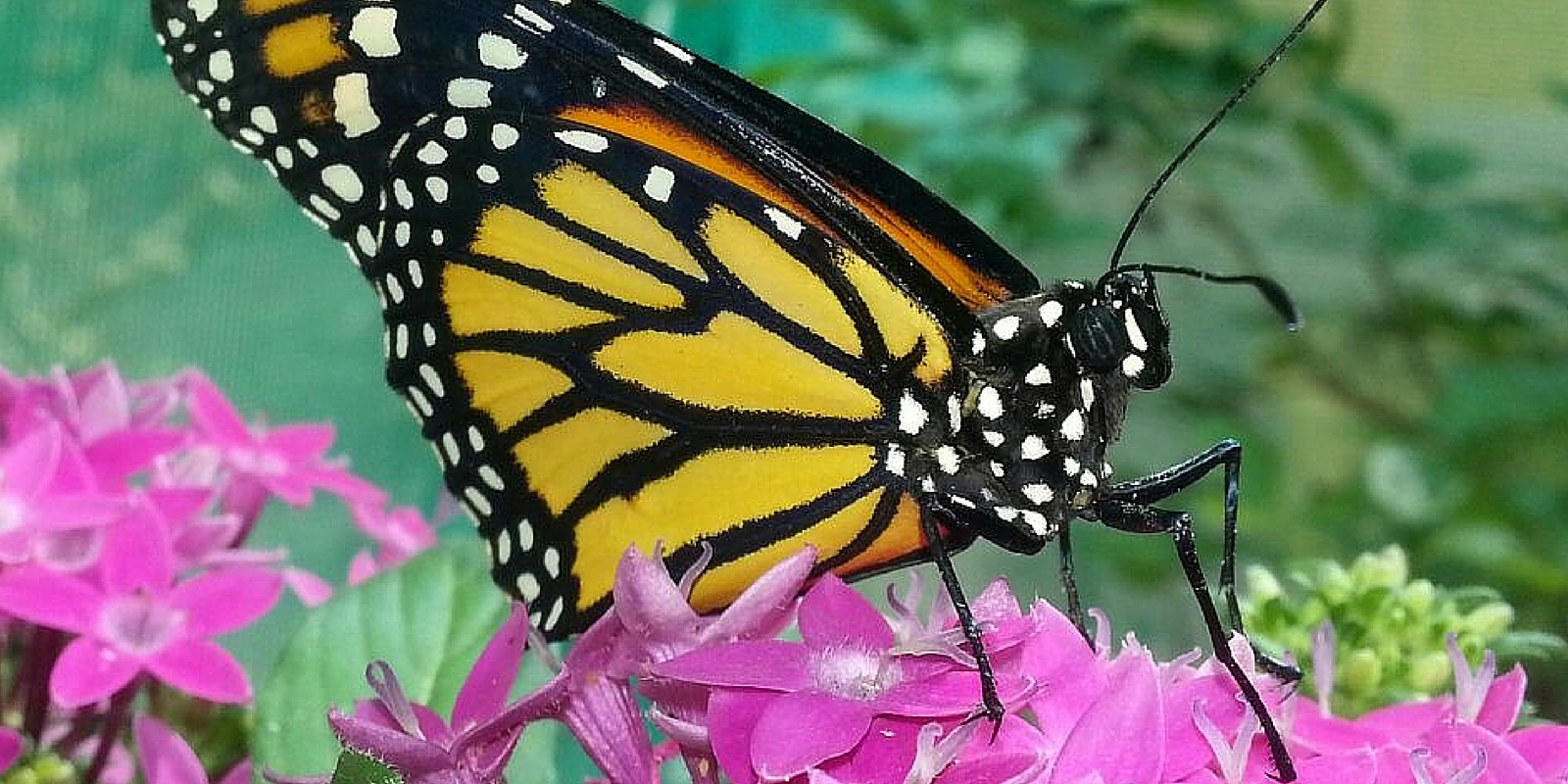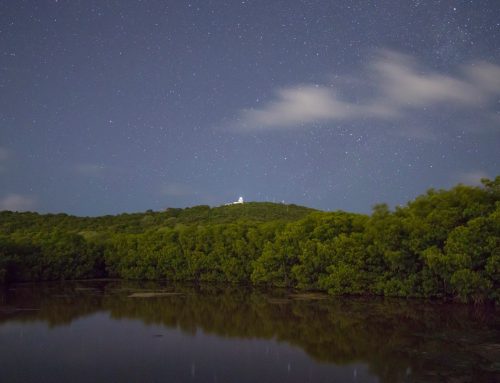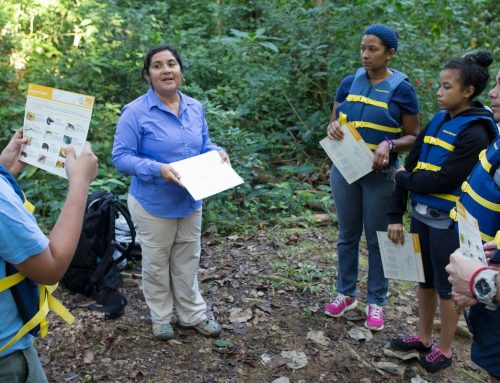By: Crystal N. Alvarado Salas, Grecia C. Burgos Rivera, Carla M. Curuchet Negrón, Coralys M. Dumas De los Santos, Mirelys Méndez Maldonado and Katia N. Pacheco Báez
Without interaction between animals and flowering plants, the seeds and fruits that make up nearly eighty percent of the human diet would not exist (Buchmann, L., 2012). For this reason, people need to understand why we have to protect pollinators. It is necessary to investigate if human activities have an effect on them. The loss of plants that keep pollinators healthy, deforestation, urban sprawl, the use of herbicides, and pollution are examples of human activities that endanger the pollination process. People, not only in this country, but the society as a whole have to understand how their actions can impact the pollinators, and how they can modify their actions in order to improve and ensure the ecological processes for the benefit of all.
Danaus plexippus, the monarch butterfly, is a specie that carries a vital role in the ecosystem. Among the benefits monarch butterfly provides to the environment; pollination categorizes into one of the most important for ecological sustainability. In countries, such as Mexico and Britain, the number of butterflies’ descend, however we must understand there are many actions that can be taken upon this matter (Erickson-Davis, 2014). Butterfly gardens are important initiatives that can begin in small communities or schools, and they aren’t difficult to preserve.

In our eco-school, we experienced a mass death of monarchs.
Since 2012 in our Specialized School of Ballet Julián E. Blanco in Puerto Rico, we care for the monarch butterfly and for the plants that keep them healthy. We developed butterfly conservatories or a temporary habitat at school. We care for the butterflies through every stage of their metamorphosis. First, tending a host plant, waiting for the eggs to hatch and feeding the newborn caterpillars. Then, preparing a protective container when caterpillar forms a chrysalis and watching the adult butterfly emerge. Finally, when the butterflies emerge, we release them from the temporary habitat.
Our Monarch Butterfly Project focused to acquire environmental responsibility and pollinator conservation. This initiative is proven to be effective, if plants high on nectar and plants that their larvae need for development are available more butterflies will be attracted (Pérez-Asso, A., Genaro, J., & Garrido, O., 2009). Therefore, we’d be preserving their life cycles and contributing to the world’s ecological health. Now, our initiative is part of the strategy to develop action projects that promote the conservation of pollinators in our environment as proposed by Barack Obama, the President of the United States of America. On June 20, 2014 the President sent a memorandum creating a strategic plan to promote health and conservation of bees and other pollinators (such as butterflies). The strategy shall include plans for expanding and coordinating public education programs outlining steps individuals and businesses can take to help address the loss of pollinators. It shall also include recommendations for a coordinated public education campaign aimed at individuals, corporations, small businesses, schools, libraries, and museums to significantly increase public awareness of the importance of pollinators and the steps that can be taken to protect them. (Presidential Memorandum – Creating a Federal Strategy to Promote the Health of Honey Bees and Other Pollinators, 2014).
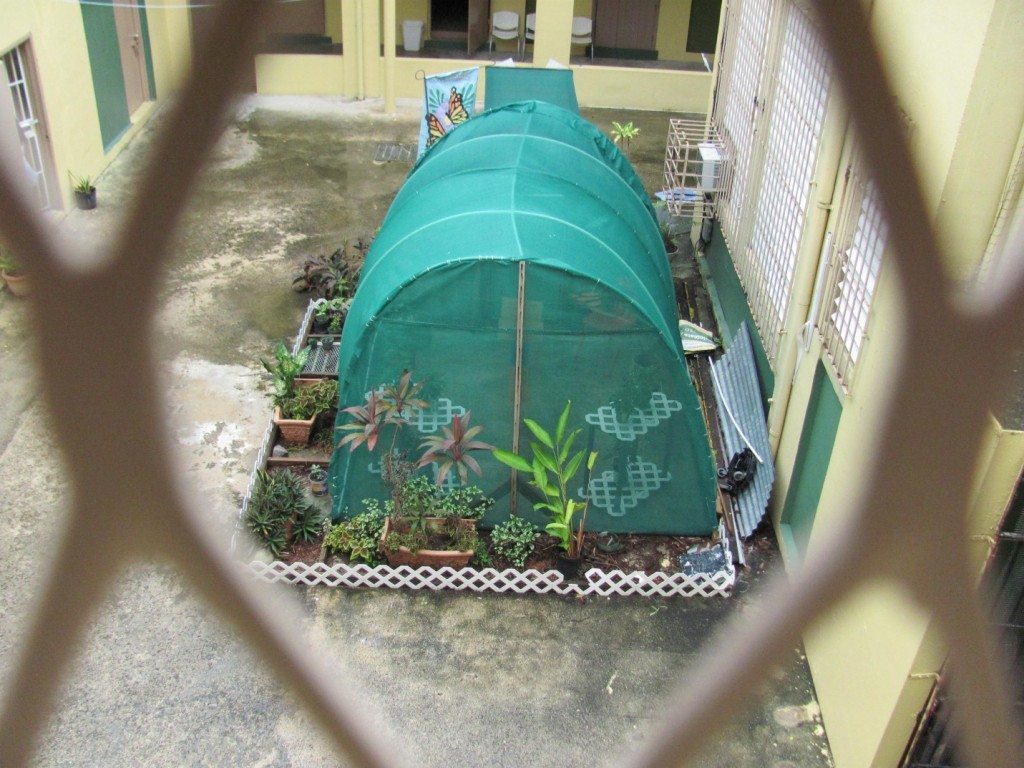
We developed butterfly conservatories or a temporary habitat at school.
In our eco-school, we experienced a mass death of monarchs. First, on November 2015, we lost 57% of the butterflies (represents 20 to 35). This event was repeated on January 2016 and butterflies were threatened again. The butterfly loss was 68% (represents 30 to 44).
As a research, the use of herbicides was considered. We began to identify causes for butterfly’s loss. Some articles explained about human activities and their negative impact on butterflies. One of the main reasons of monarch butterfly decreased and loss are the use of herbicides in the soil, which directly affects monarchs and other pollinators (Pleasants, M. & Oberhauser, K., 2012). Certainly, we don’t know what happened with our butterflies. But, we’ve decided to take an action project. As a part of the action plan, we coordinated interviews with experts. A local newspaper visited our school and wrote an alert article to investigate reasons for our monarch butterfly’s loss. We began to explore the herbicides used at school. Also, we read the U.S. Environmental Protection Agency (EPA) Pollinator Protection Plan (2015), and learned about effective studies for measuring expose to and effects from pesticides. The U.S. EPA Pollinator Protection Plan include actions to protect the monarch butterfly. For example, increase the Eastern population of the monarch butterfly to 225 million butterflies occupying an area of approximately 15 acres (6 hectares) in the overwintering grounds in Mexico, through domestic/international actions and public-private partnerships, by 2020.
In Puerto Rico, we began different ways to create partnerships with other eco-schools. We must enable communities to care for their own environments. As one of our partnerships, features our interaction with children from the School of San Juan. We presented different interactive and informative stations. Such as, reading about the monarch’s life cycle, painting butterflies, and creating their own books, explaining the butterfly metamorphosis. Currently, the children are inspired to build butterfly conservatories.
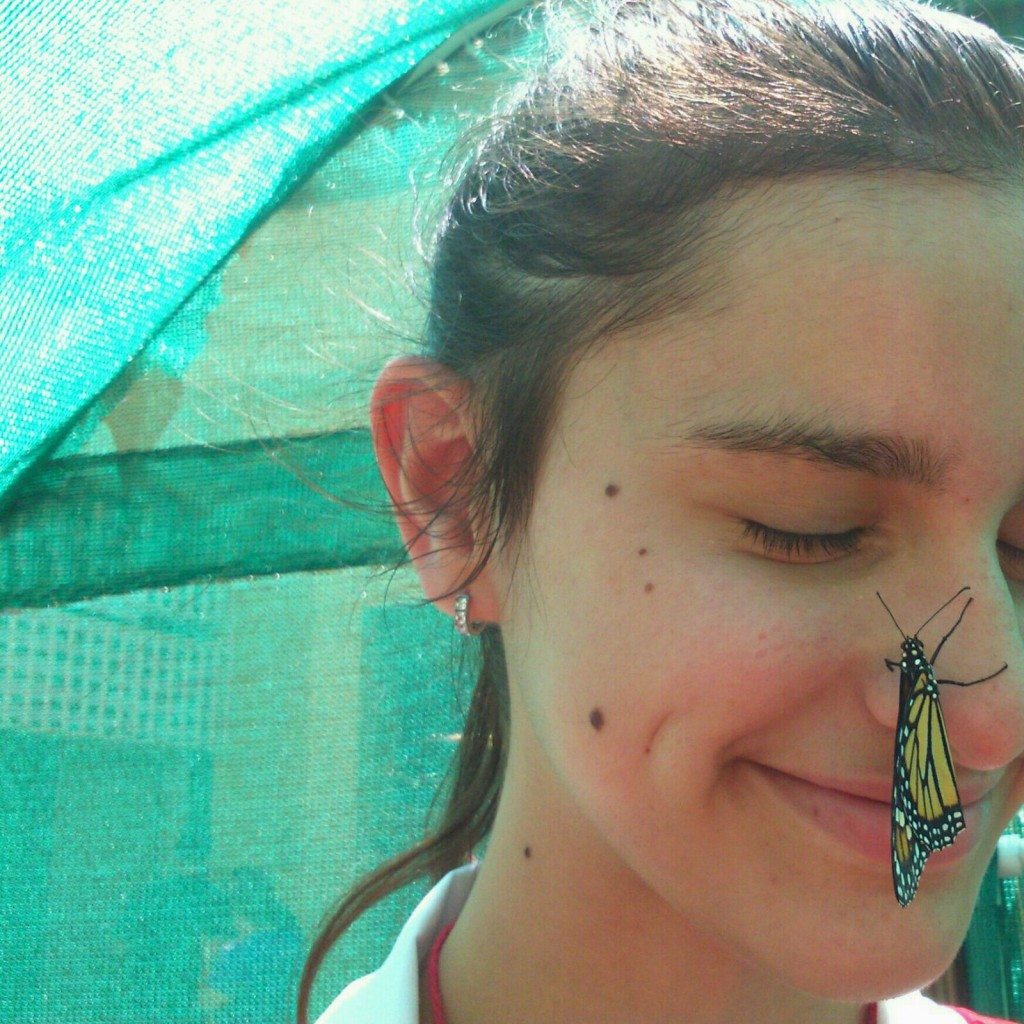
We must enable communities to care for their own environments.
We created a social media campaign, highlighting the importance of pollinators, such as monarch butterfly, in our ecosystem. An informative flyer will continue the divulgation at schools and communities about the threats for monarch butterflies.
Our goal, since the beginning of the Monarch Butterfly Project, has been to restore the ecosystem for pollinators. Also, we promote the conservation of monarch butterfly populations in our country, Puerto Rico, and globally. We will ensure that the process of their metamorphosis and pollination goes through. Some examples of alternatives to help address the loss of pollinators includes: habitat protection and restoration, ensure their host plants are available, the substitute of toxics herbicides or pesticides used by powerful corporations with natural herbicides and promote research on butterflies because people know so little about them. As citizens, scientists or just nature lovers, we must promote monarch butterfly’s conservation. In this way, butterfly gardens help to make connections with nature. Our project invites to learn about the interdependence between humans and pollinators. We must create “a new sense of global interdependence and universal responsibility” (Earth Charter, 2000).
Las autoras son estudiantes de la Escuela Especializada en Ballet Julián E. Blanco. El artículo ganó primer lugar en la categoría de fotoreportaje, en la competencia local del Programa Reporteros Jóvenes para el Medio Ambiente.

